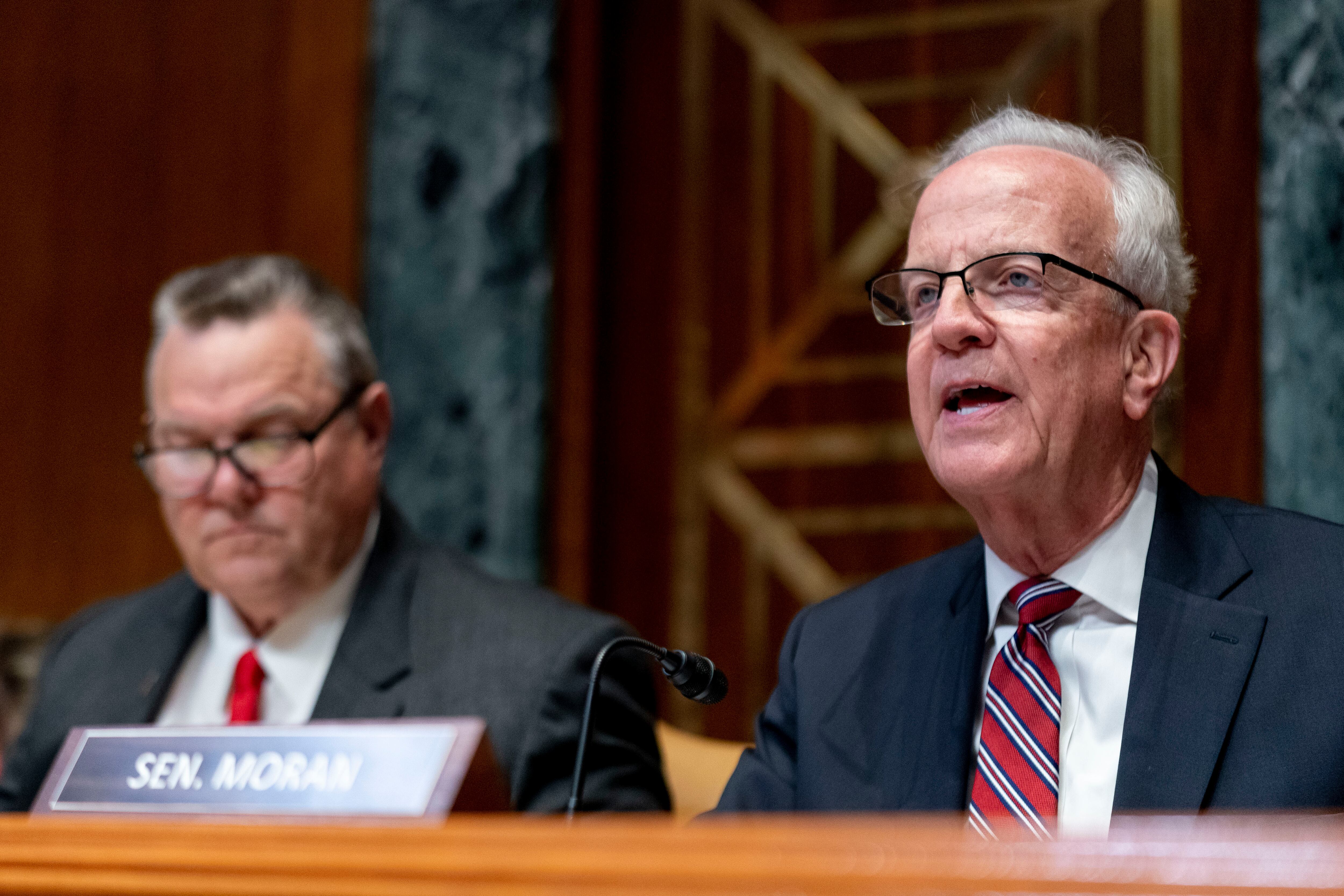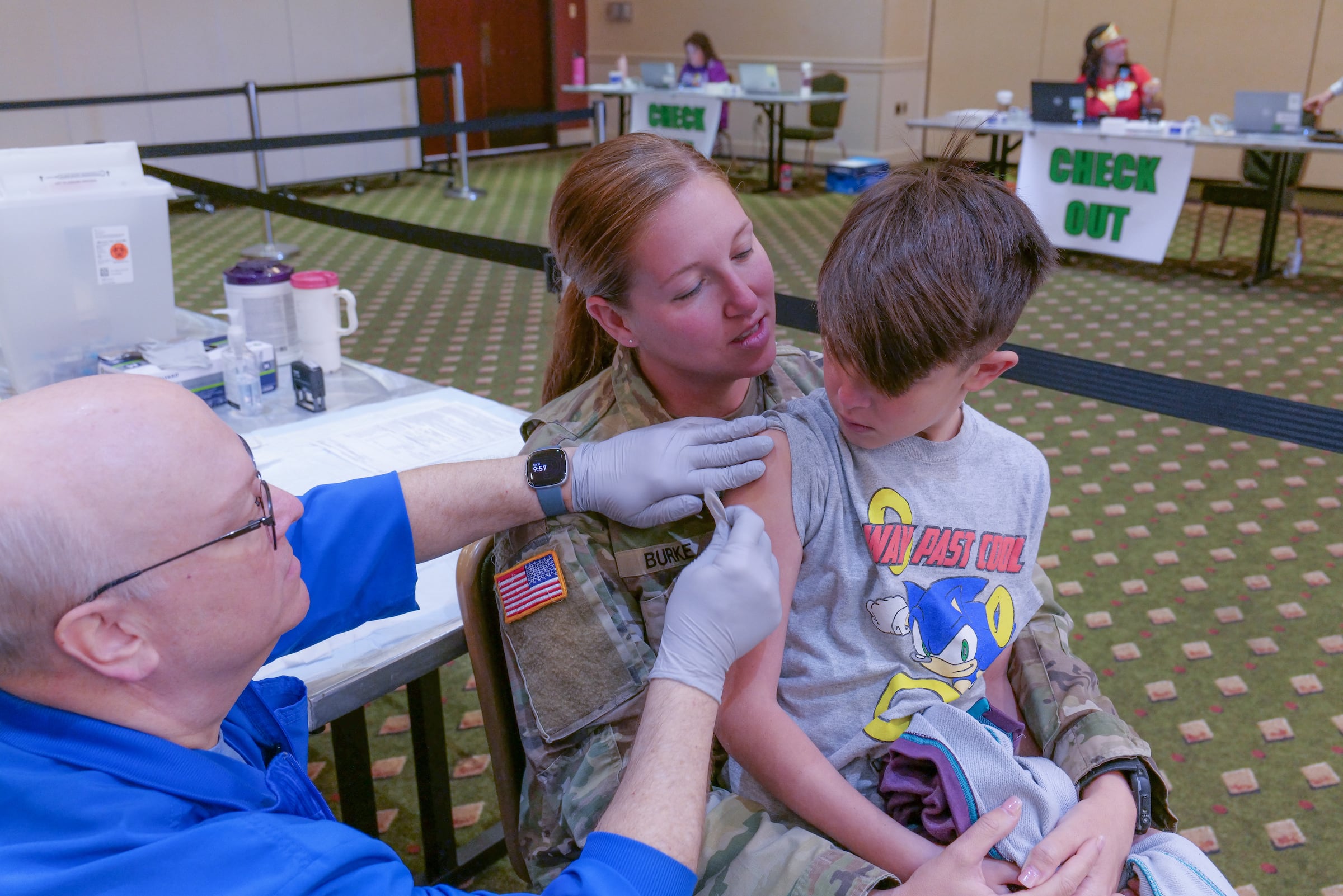WASHINGTON – The Navy is expected to buy its first next-generation frigate in the coming months, so here’s what the next few years are going to look like in FFG(X)-land, according to budget documents released Monday.
The Navy plans to award the frigate design and construction award to one of the competitors in July, the documents say.
The competitors for FFG(X) are Fincantieri’s FREMM design; General Dynamics Bath Iron Works and Navantia’s F-100 variant, which is roughly equivalent to a small Arleigh Burke-class destroyer.
Many observers think Huntington Ingalls Industries will offer an up-gunned version of the National Security Cutter; and Austal USA’s frigate version of its aluminum-hulled Independence-class littoral combat ship.
Lockheed Martin’s version of the FFG(X), an up-gunned, twin-screw variant of its Freedom-class LCS, was pulled from the competition in May.
The Navy is planing for it to take six years to complete design and construction of the ship, which should be finished in 2026.
Once construction begins, however, planners anticipate it will take only 48 months to build.
The second frigate is expected to be ordered in April 2021, and from there it should be delivered about 5 ½ years after the award date.
That means that the first ship should be delivered to the fleet in July of 2026, and the second about three months later.
The FFG(X) is supposed to be a small, multi-mission ship with a modified version of Raytheon’s SPY-6 radar destined for the Flight III Arleigh Burke-class destroyer, Lockheed Martin’s Aegis Combat System, as well as some point defense systems and 32 vertical launch cells for about half the cost of a DDG.
Of course, without knowing which ship the Navy intends to buy and what the final detailed designs look like, firm price estimates are impossible, but the Pentagon has some projections.
The first ship ordered in 2020 is expected to cost $1.28 billion, according to budget documents, with the next ship in 2021 dropping to $1.05 billion.
The third ship, ordered in 2022, should see the price drop below $1 billion.
The whole program should cost $19.81 billion, the Navy estimates.
The buy was supposed to be one ship in FY20, then two vessels every year until the full 20-ship buy was complete. But the Navy wanted to make sure it staggered the buy more responsibly, said Rear Adm. Randy Crites, deputy assistant secretary of the Navy for budget.
"The frigate, we don’t want to have a repeat of some of the lessons of LCS where we got going too fast,” Crites said. "As it is, we’re going to have eight frigates under construction when we deliver the first one in 2026.
“Right now we’ll award one later this year, we’ll award one next year, and the plan is for one next year but that will get looked at. Then we’ll ramp up to two to three, with nine in the [future-year defense program].”
David B. Larter was the naval warfare reporter for Defense News.





